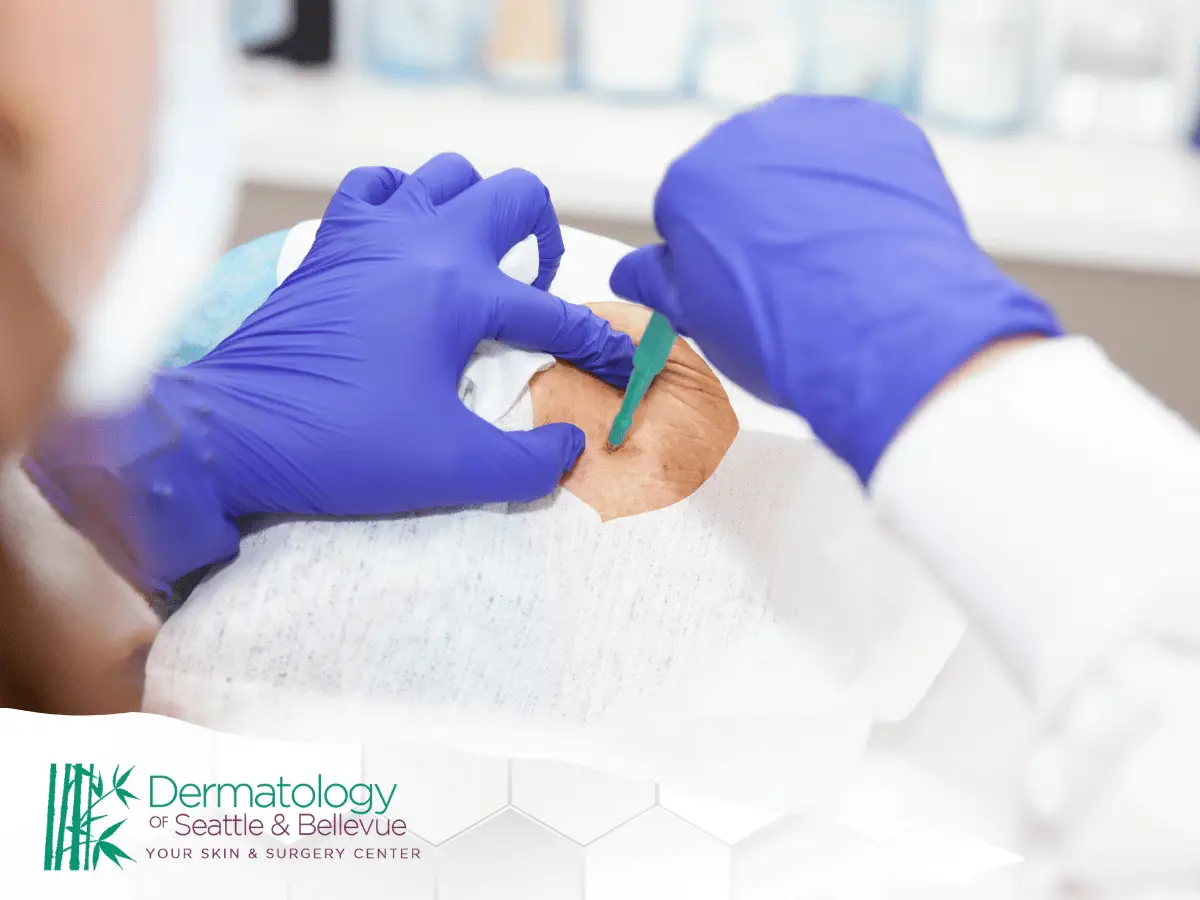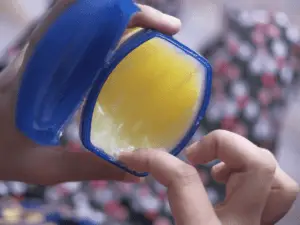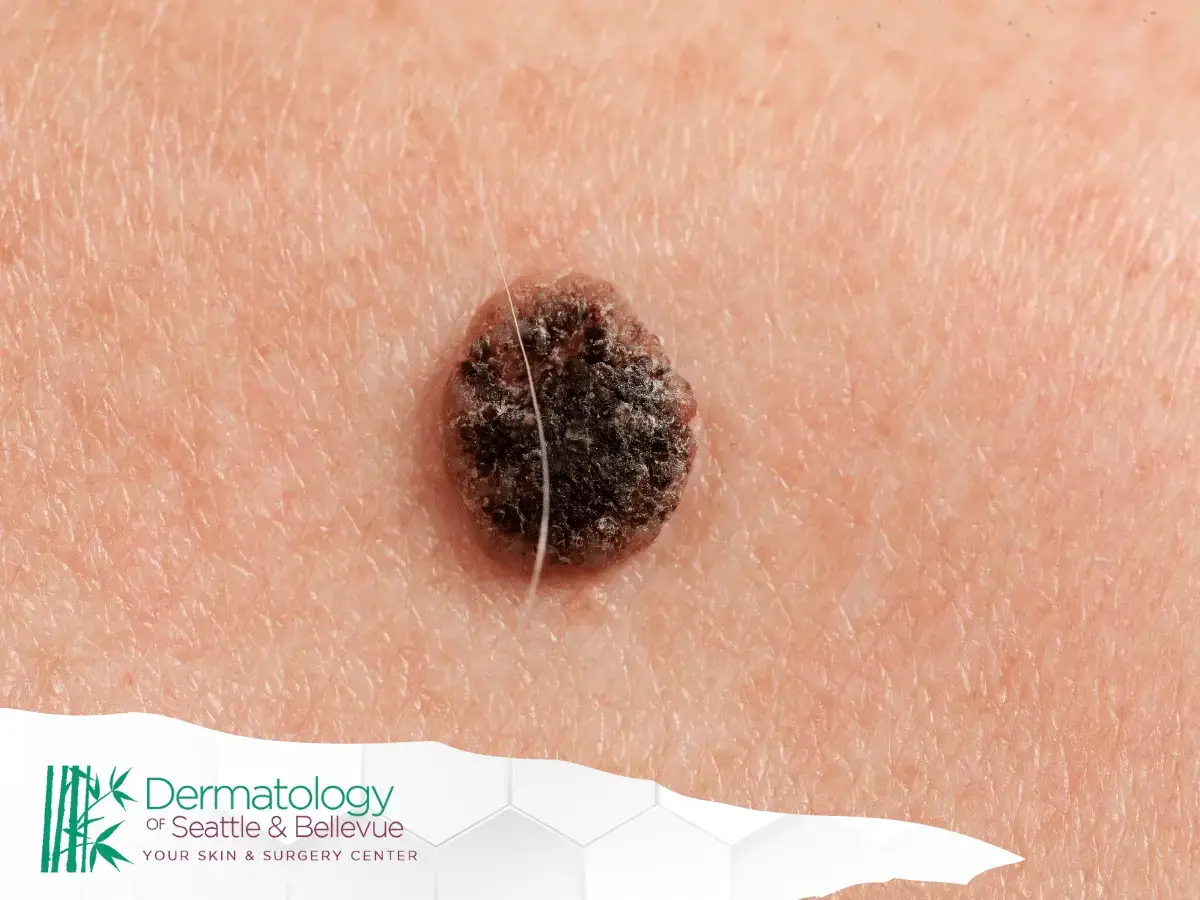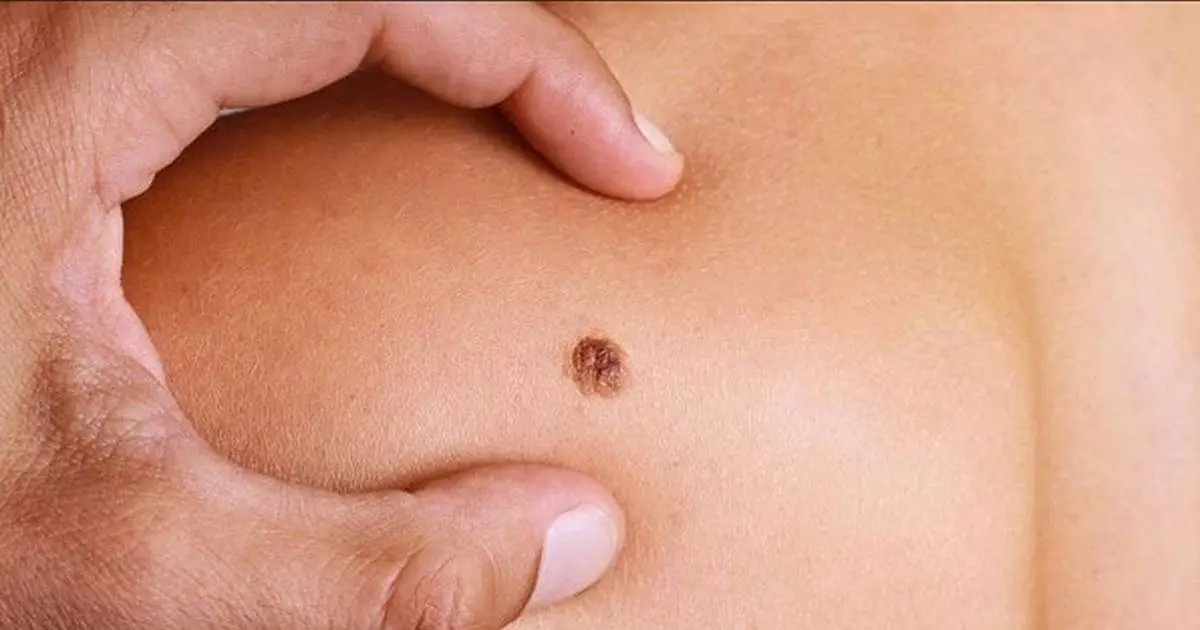A skin biopsy is a routine medical procedure, but the healing process requires special care—especially when it comes to shaving. If you’re wondering how long should you wait before shaving after a skin biopsy?, the answer depends on the type of biopsy, the location, and how your skin is healing. Shaving too soon can lead to irritation, delayed healing, or even infection, so knowing when it’s safe is key to a smooth recovery.
Quick Summary
- Wait 7–14 days before shaving over a biopsy site; many dermatologists suggest 10–14 days for safer healing.
- Shave biopsies may heal faster, but punch/excisional biopsies or high-friction areas often need more time.
- Don’t shave until the wound is closed with no scab, redness, tenderness, or drainage; wait for stitch removal if present.
- Shaving too soon can cause infection, reopen the wound, delay healing, increase scarring, and worsen pain.
- When cleared, use a fresh razor, shave gently with the grain, avoid the site if possible, and skip alcohol aftershaves/retinoids.
Understanding Skin Biopsies
Skin biopsies are commonly used to diagnose conditions like eczema, acne, atopic dermatitis, and skin cancer. Depending on what your dermatologist is investigating, the approach to biopsy may differ slightly.
Types of Skin Biopsies
There are a few different types of biopsies, each affecting the skin in slightly different ways:
- Shave biopsy – removes a thin layer from the surface of the skin
- Punch biopsy – takes a small, circular sample of deeper skin layers
- Excisional biopsy – removes an entire lesion or abnormal area
The method used influences how long the wound takes to heal—and therefore how long you should wait before shaving.
Purpose of Skin Biopsies
Biopsies allow dermatologists to get a closer look at unusual lesions, chronic acne, persistent eczema, or suspicious moles. The goal is to rule out serious conditions such as skin cancer, while also helping tailor treatments for common inflammatory skin diseases.
What to Expect During a Skin Biopsy
During the procedure, your provider will clean the area, apply a local anesthetic, and remove a small piece of skin. The process is quick and typically takes just a few minutes. Afterward, the biopsy site is dressed with a bandage and you’ll receive aftercare instructions for cleaning and protecting the wound.
Some patients experience mild swelling, redness, or minor pain, especially if the area is on the scalp or face. These symptoms usually subside in a few days, but the area may remain sensitive during the healing process.
Importance of Post-Biopsy Care
Taking care of your biopsy site is critical to ensure proper healing and to avoid complications. Skipping aftercare steps—or shaving too early—can interfere with recovery and may increase your risk of infection or scarring.
Healing Process After a Skin Biopsy
The healing timeline can vary depending on the type of biopsy, the location, and your overall health. Generally, the initial healing process takes 7 to 14 days, during which the skin begins to close and form a new surface.
Here’s what usually happens:
- Days 1–3: The wound begins clotting and closes over
- Days 4–7: New skin cells form and redness/swelling reduce
- Days 7–14: Surface healing completes, though deeper tissue may still be repairing
Tip: Applying antibiotic ointment and keeping the site covered with a dressing as directed can speed up healing and reduce infection risk.
Potential Risks of Shaving Too Soon
Shaving over a healing biopsy site can lead to several issues, especially if the area hasn’t fully closed or is still sensitive:
- Infection: A nick or cut near the wound can introduce bacteria.
- Delayed healing: Irritation from a razor may reopen or inflame the biopsy site.
- Scarring: Interfering with the healing process can result in more noticeable scars.
- Pain and discomfort: The area may still be tender, making shaving uncomfortable or even painful.
Waiting the appropriate amount of time before shaving reduces the likelihood of these side effects and promotes better cosmetic outcomes.
Benefits of Waiting Before Shaving
Delaying shaving until your biopsy site has fully healed helps:
- Protect against accidental trauma to the area
- Minimize the risk of infection and inflammation
- Ensure smoother regrowth and less irritation
- Improve cosmetic healing, especially on the face or scalp
Giving your skin enough time to repair itself can make a major difference in both health and appearance.
Recommendations for Waiting Period
While every patient heals differently, dermatologists generally recommend waiting at least 7 to 14 days before shaving over a biopsy site. For shave biopsies, where only the top layers of skin are removed, healing may be slightly quicker. However, if sutures were used or the wound is in a high-friction area, longer healing time may be necessary.
Expert Opinions on Timing
Most dermatologists advise waiting 10 to 14 days before shaving over a biopsy site. This ensures that the outer skin layer has healed enough to protect against irritation or cuts. If stitches were placed, your provider may ask you to wait until they’re removed—usually around the 7–10 day mark—before resuming shaving.
For areas like the face or scalp, which are shaved more frequently, doctors may recommend a slightly longer wait time due to increased friction and sensitivity.
Factors to Consider Before Shaving
Before you pick up a razor, consider the following:
- Type of biopsy performed (shave vs. punch or excisional)
- Location of the wound (sensitive areas may need more time)
- Healing progress (is there still redness, scabbing, or tenderness?)
- Presence of stitches or any signs of infection
- Instructions from your provider
If any doubt remains, it’s safer to delay shaving or consult your dermatologist first.
Precautions to Take After a Skin Biopsy
To protect your skin post-biopsy and reduce complications:
- Follow all wound care instructions carefully
- Apply antibiotic ointment if prescribed
- Avoid hot tubs, pools, and shaving until cleared by your provider
- Use a clean, sharp razor and gentle technique when resuming shaving
- Avoid perfumed or alcohol-based products on the site
Tips for Safe Shaving After a Skin Biopsy
Once your dermatologist confirms it’s safe to shave, take extra care to protect the healing area.
Proper Technique for Shaving
When you’re ready to shave:
- Use a fresh, clean razor to reduce the risk of introducing bacteria.
- Shave gently and slowly, avoiding the biopsy site if possible.
- Shave in the direction of hair growth to minimize skin irritation.
- Do not apply excess pressure near the biopsy area.
- If shaving over the site is unavoidable, apply a lubricating shaving gel and proceed with caution.
Skin Care Products to Avoid
To prevent further irritation:
- Skip alcohol-based aftershaves, which can sting or dry the healing skin.
- Avoid exfoliating scrubs and acne treatments near the site.
- Postpone using retinoids or alpha hydroxy acids until fully healed.
- Stick to fragrance-free moisturizers to soothe and protect the area.
When to Consult a Healthcare Provider
If you experience any of the following, call your dermatologist:
- Redness, swelling, or pain that worsens
- Pus, bleeding, or fluid leaking from the wound
- Delayed healing or signs of infection
- Unusual scarring or a lump at the site
A quick check-in can ensure you’re healing properly and prevent further issues.








